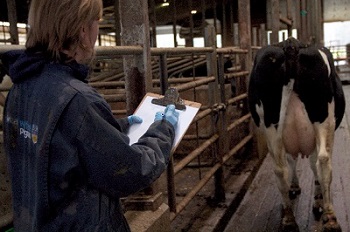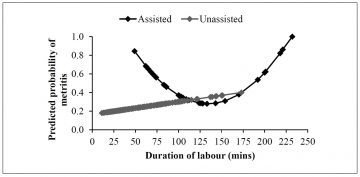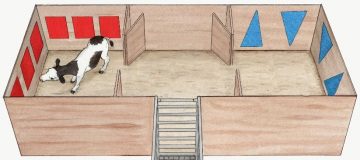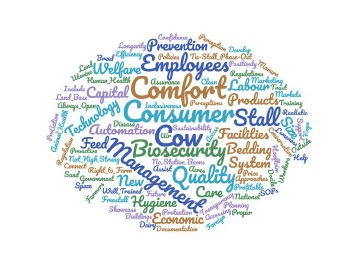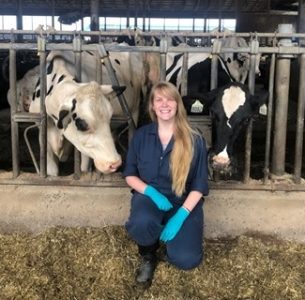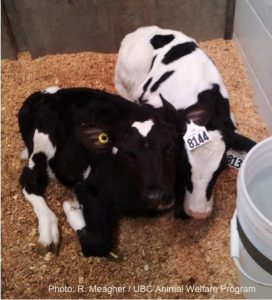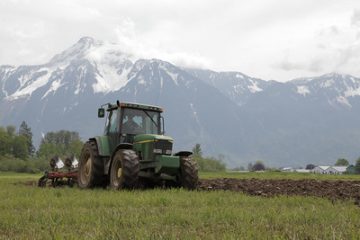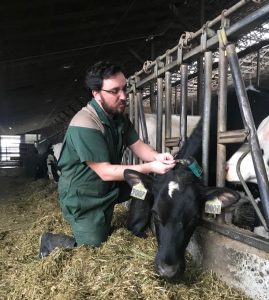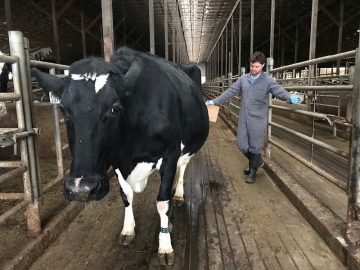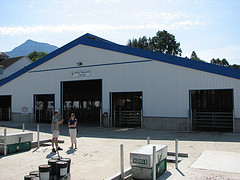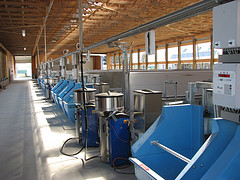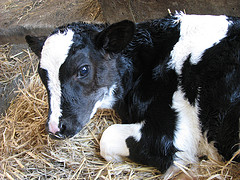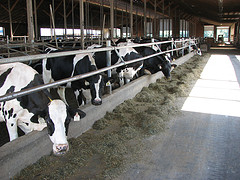Media Contacts
Ronaldo Cerri, Director
UBC Dairy Education and Research Centre
Phone: 604.822.5056
Email: ronaldo.cerri@ubc.ca
Karen Lee, Communications Manager
UBC Faculty of Land and Food Systems
Phone: 604.827.5297
Email: karen.lee98@ubc.ca
Nelson Dinn, Manager
UBC Dairy Education and Research Centre
Phone: 604.796.8410
Email: nelson.dinn@ubc.ca
Animal Welfare Research at UBC Dairy Centre
Undergraduate Students
Research Reports
Contact Us — Directions
Travel Directions
From Vancouver:- Travel east on Highway #1 (Trans Canada Highway)
- Take Exit #135 (Highway #9) to Agassiz and Harrison Hot Springs.
- Follow Highway #9 across the Fraser River through Agassiz towards Harrison Hot Springs.
- After crossing the CPR tracks on the north side of Agassiz, turn left onto Highway #7.
- The Centre is on the immediate right. The Dairy Centre’s buildings and parking are located in the north-west corner of the building site.
All visitors must report to the manager’s office (located in the prominent white building with blue trim and cathedral windows) before entering UBC buildings.
Recent News
- Flooding Response – Dairy Education and Research Centre (DERC)
- Largest robotic milking research facility in North America to open at UBC Dairy Centre featuring GEA robots
- Dr. Marina (Nina) von Keyserlingk named new Director of the National Farmed Animal Health and Welfare (NFAHW) Council Board
- Professor Dan Weary Receives UFAW Medal for Outstanding Contributions to Animal Welfare Science
- Got a moody teenager? Cows can relate
Recent Publications
Effects of acidifying reagents on microwave treatment of dairy manure
Asha Srinivasan, Frank Nkansah-Boadu, Ping H. Liao, Kwang V. Lo
Journal of Environmental Science and Health, Part B
Vol. 49, Iss. 7, 2014

